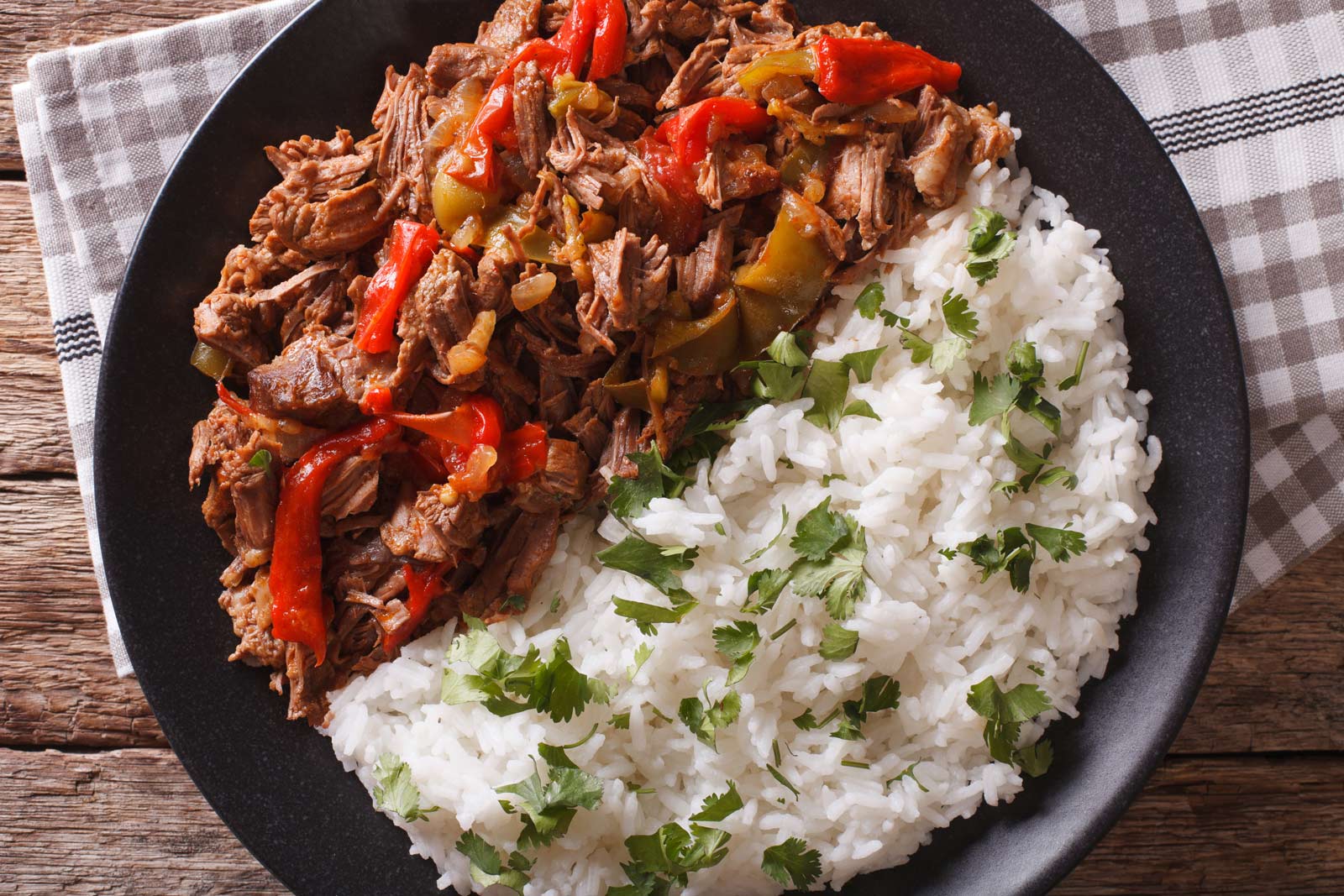
We’ve heard the rumours, and maybe you have too: that the food in Cuba is bland and uninspired. For years, travellers who never left their all-inclusive resorts came home with stories of boring buffets. We’re here to tell you that could not be further from the truth.
That all changed for us when we decided to ignore the typical advice and follow our curiosity down a residential street in Havana. We ended up in a paladar—a small, family-run restaurant operating out of someone’s home. The air was filled with the scent of garlic, cumin, and slow-roasted pork. It was there we discovered the real Cuba.
Cuban food isn’t about fancy techniques; it’s about tradition and flavour born from a vibrant mix of Spanish, African, and Caribbean influences. It’s comfort food that tells the story of the island’s rich history. We’ve spent a lot of time eating our way through Cuba, and we’re here to share the dishes that you absolutely cannot miss, based on our firsthand experience.
Top 5 Cuban Dishes (Quick List)
If you only have time for a few meals in Cuba, make sure these are on your list. This is the best of the best when it comes to traditional Cuban food.
- Ropa Vieja: The national dish of Cuba, this flavourful shredded beef is slow-cooked in a rich tomato sauce.
- Lechon Asado: Tender, juicy, slow-roasted pork, often marinated in a garlic and citrus mojo sauce.
- Sandwich Cubano: A classic pressed sandwich with roast pork, ham, Swiss cheese, pickles, and mustard.
- Moros y Cristianos: A simple but essential side dish of black beans and white rice cooked together.
- Plátanos Maduros Fritos: Sweet, caramelized fried plantains that accompany almost every main course.
Must-Try Cuban Main Dishes
These are the hearty, flavourful centrepieces of any true Cuban cuisine. From slow-cooked meats to rich rice dishes, these mains offer a true taste of the island’s culinary soul.
Ropa Vieja (Old Clothes)
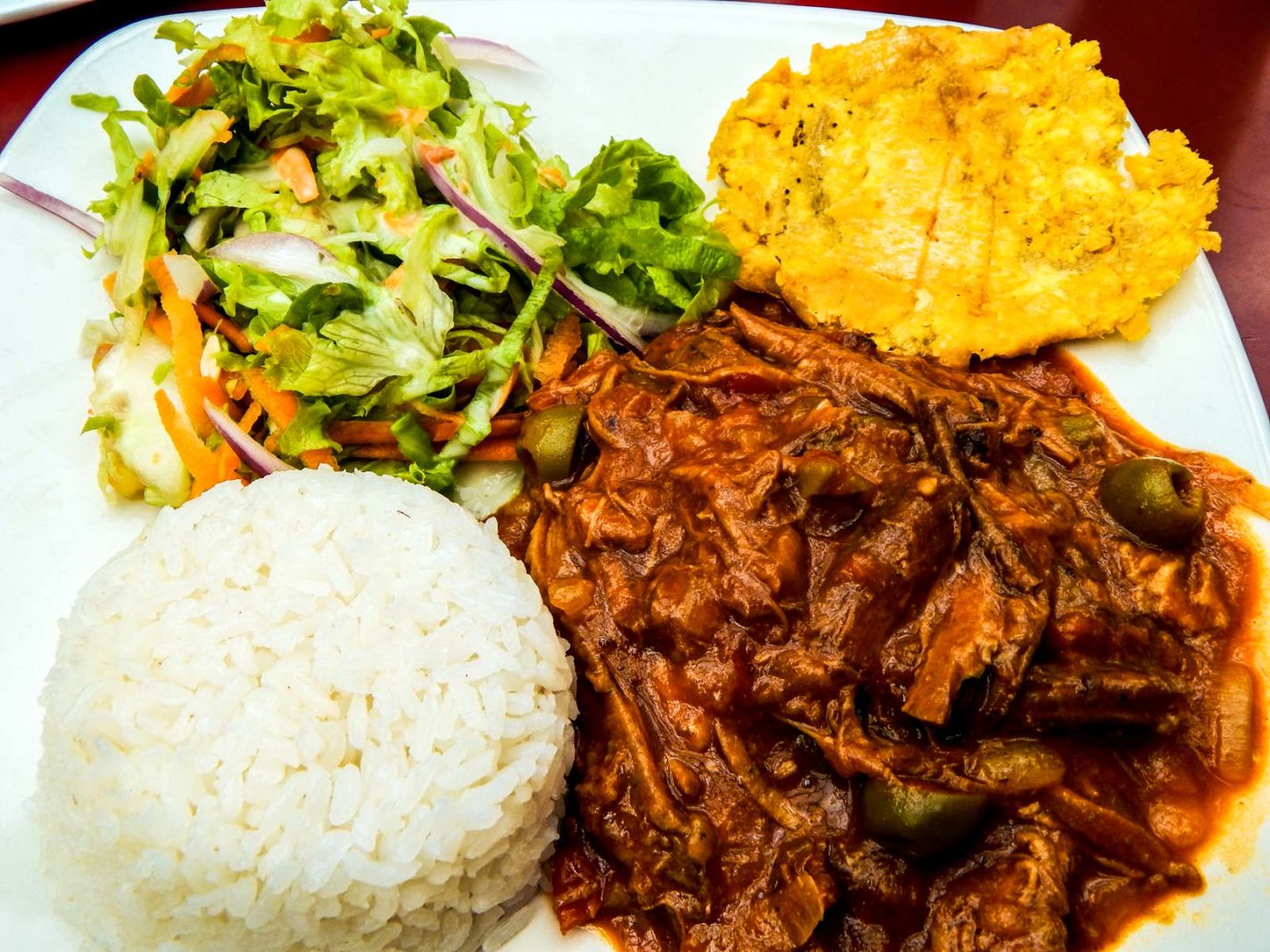
What it is: Shredded beef simmered in a rich sauce of tomatoes, bell peppers, onions, garlic, and cumin. It is widely considered Cuba’s national dish.
Why try it: It’s pure comfort in a bowl. We often order this on cooler evenings in Havana when we want a meal with slow-cooked depth and incredible flavour.
Cultural note: The name translates to “old clothes,” which is thought to refer to the way the shredded beef resembles colourful, tattered rags.
Where to find it: You’ll find this in nearly every paladar, but the best versions come from family kitchens that have been simmering the recipe for generations.
Lechon Asado (Roast Suckling Pig)

What it is: Slow-roasted pork, marinated for hours in mojo criollo—a zesty sauce of garlic, sour orange juice, and oregano—until the meat is succulent and the skin is perfectly crispy.
Why try it: This is the dish that opened our eyes to what real traditional Cuban dishes could be. The combination of tender pork and the zesty mojo sauce is something we still think about.
Cultural note: Lechon Asado is the quintessential celebration dish in Cuba, often the centrepiece for holidays like Christmas Eve (Nochebuena) and New Year’s.
Where to find it: While it’s a staple at celebrations, any reputable paladar will have a fantastic version on its menu, especially in the countryside.
Vaca Frita (Fried Cow)
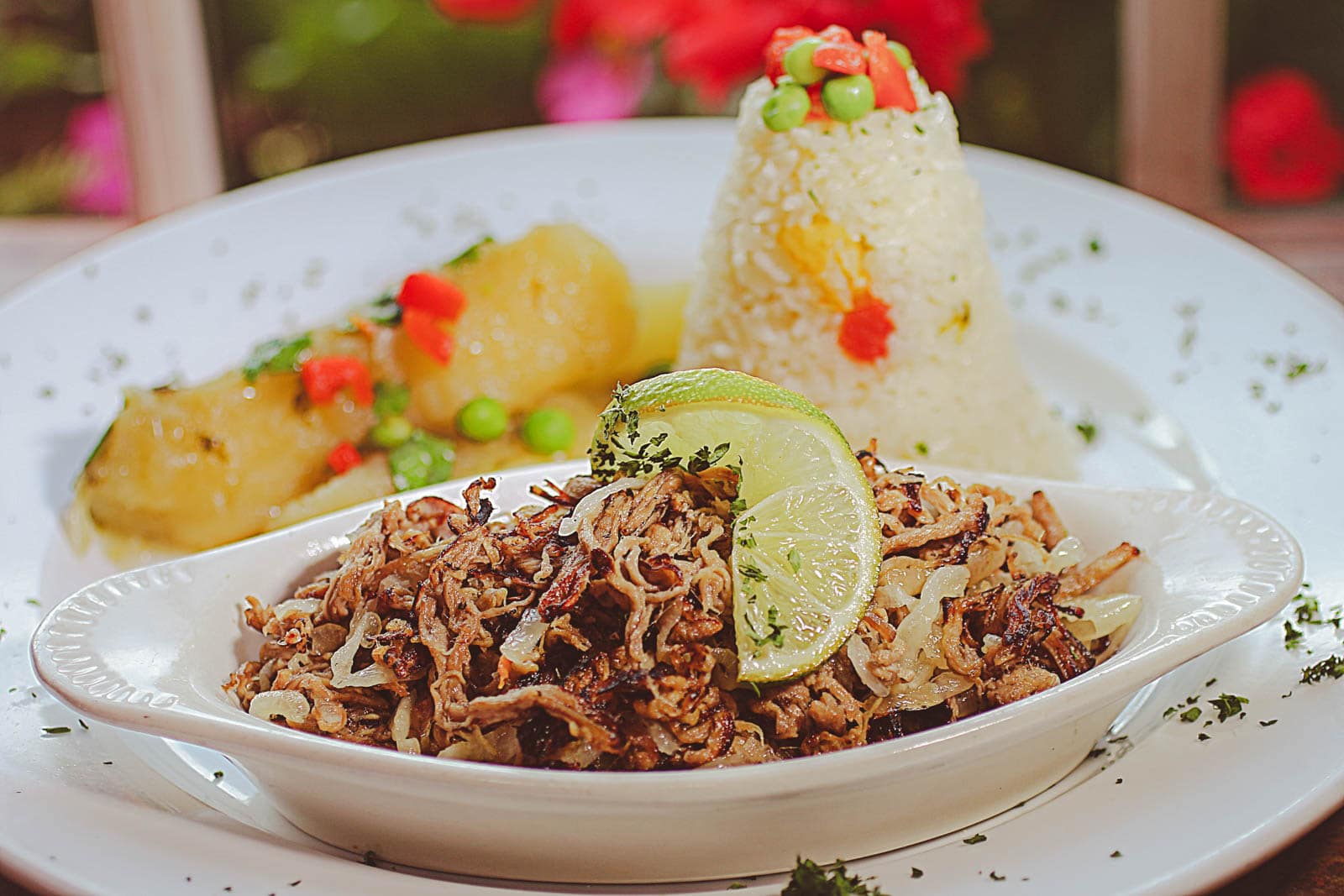
What it is: Shredded beef marinated in lime juice, garlic, and salt, then pan-fried until the edges are brown and wonderfully crispy.
Why try it: If you enjoy texture, this is the dish for you. It’s the savoury, crispy cousin of Ropa Vieja, offering a delightful crunch and a bright, citrus-forward flavour.
Cultural note: Vaca Frita is a great example of Cuban culinary resourcefulness, taking a similar core ingredient as Ropa Vieja and creating a completely different experience.
Where to find it: Common in paladares across the country. It’s a true local favourite you won’t always find in the more tourist-focused spots.
Picadillo a la Habanera
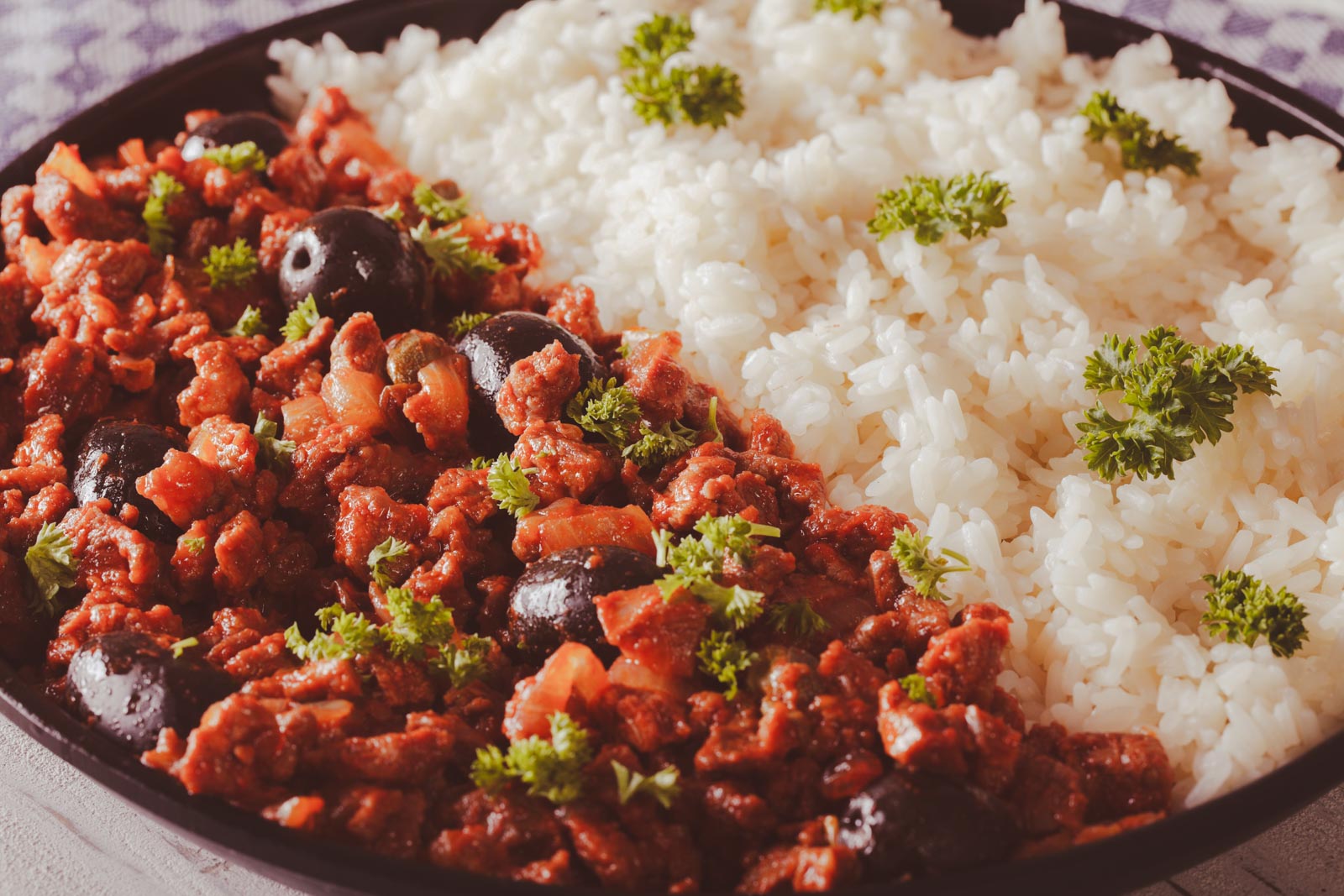
What it is: A savoury hash of ground beef slow-simmered in a tomato sauce with onions, garlic, olives, and sometimes raisins or potatoes for a sweet and salty mix.
Why try it: This is the ultimate taste of Cuban home cooking. It’s a simple, comforting, and deeply flavourful dish that feels like it was made with care. And it is one of those Cuban recipes you can easily make at home.
Cultural note: Nearly every Cuban family has its own version of Picadillo, with the recipe often passed down through generations.
Where to find it: This is a reliable and delicious choice at almost any paladar that serves traditional home-style food.
Arroz Con Pollo (Chicken with Rice)
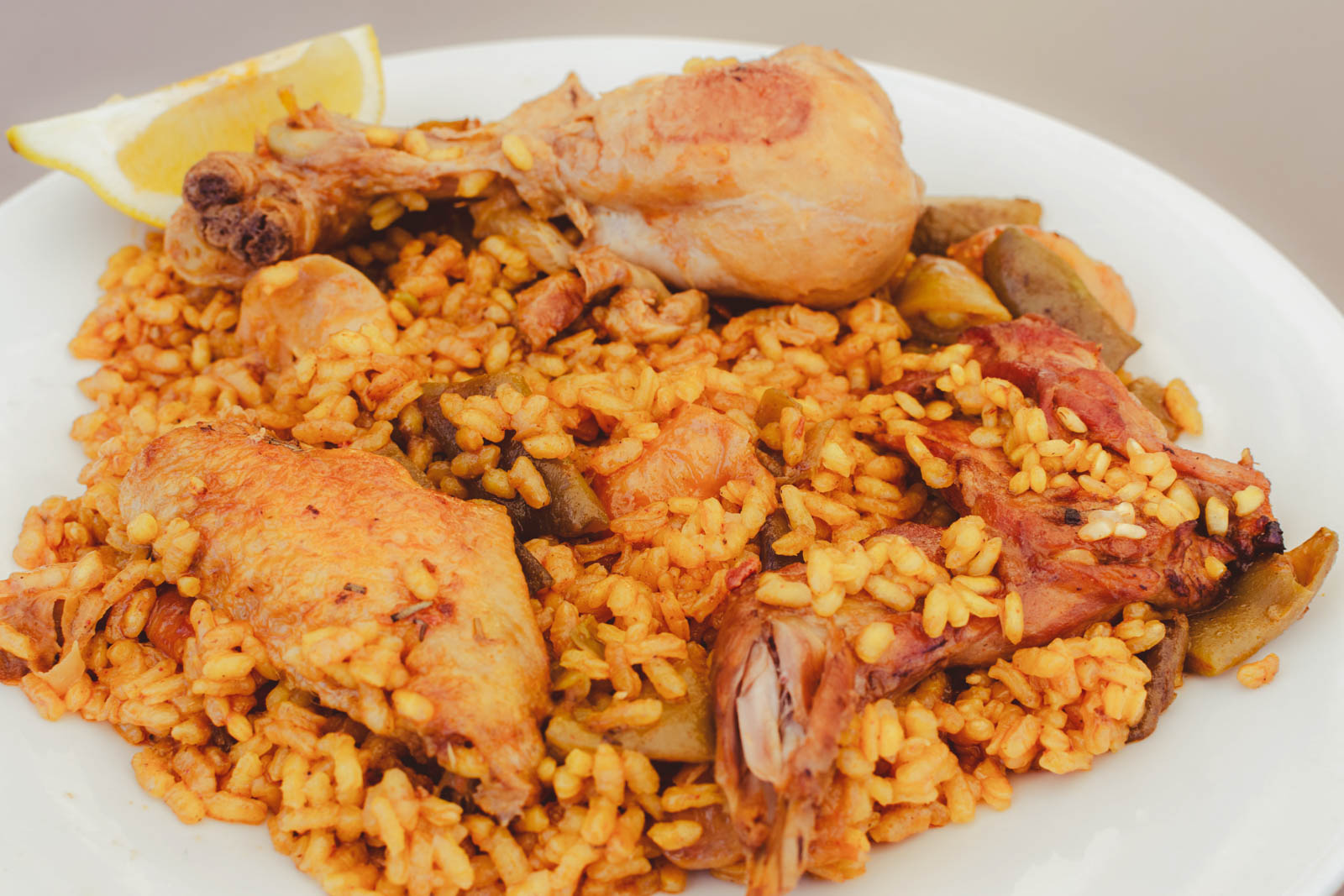
What it is: A classic one-pot meal where chicken and yellow rice are simmered together with a sofrito base, allowing the rice to absorb all the flavourful stock and spices.
Why try it: It’s simple, satisfying, and a complete meal in one dish. The Cuban version is exceptionally moist and savoury, making it a perfect choice when you’re not sure what to order.
Cultural note: While popular across Latin America, the Cuban version is often made with a splash of beer and annatto (or Bijol) for its distinct yellow colour.
Where to find it: This is a staple dish. You can find it everywhere from busy city restaurants in Havana to quiet roadside cafes.
Pernil Relleno De Moros Y Cristianos
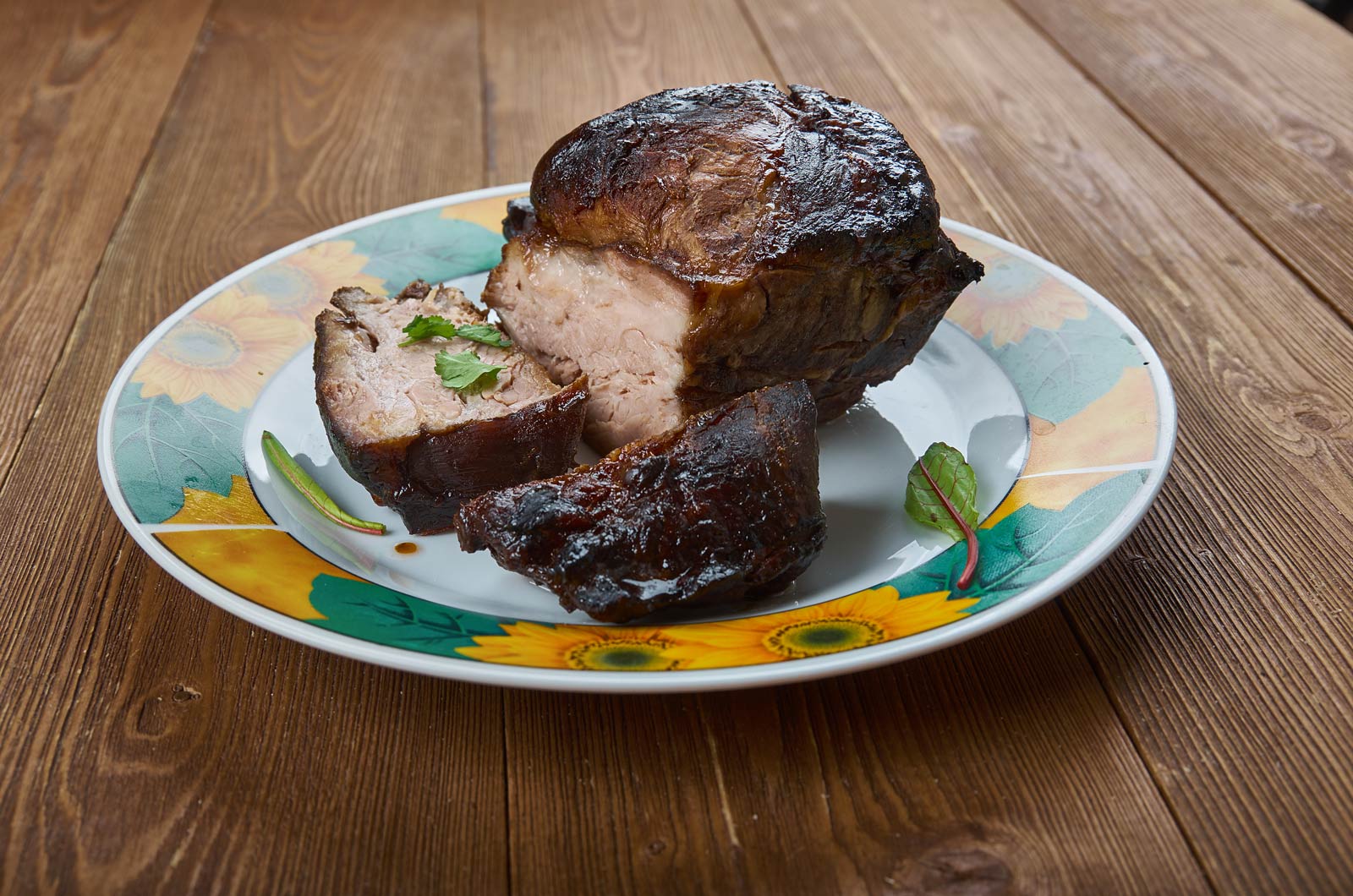
What it is: A showstopper of a dish. It’s a juicy pork shoulder, marinated in mojo, then stuffed with a hearty filling of black beans and rice (Moros y Cristianos).
Why try it: It’s two of Cuba’s most iconic dishes rolled into one. Order this when you’re feeling extra hungry and want all the classic flavours on one plate.
Cultural note: This is a more elaborate take on traditional recipes, showcasing the kind of culinary creativity you’ll find in modern paladares.
Where to find it: Look for this at more ambitious restaurants that enjoy putting a creative spin on the classics.
Arroz Imperial (Imperial Rice)
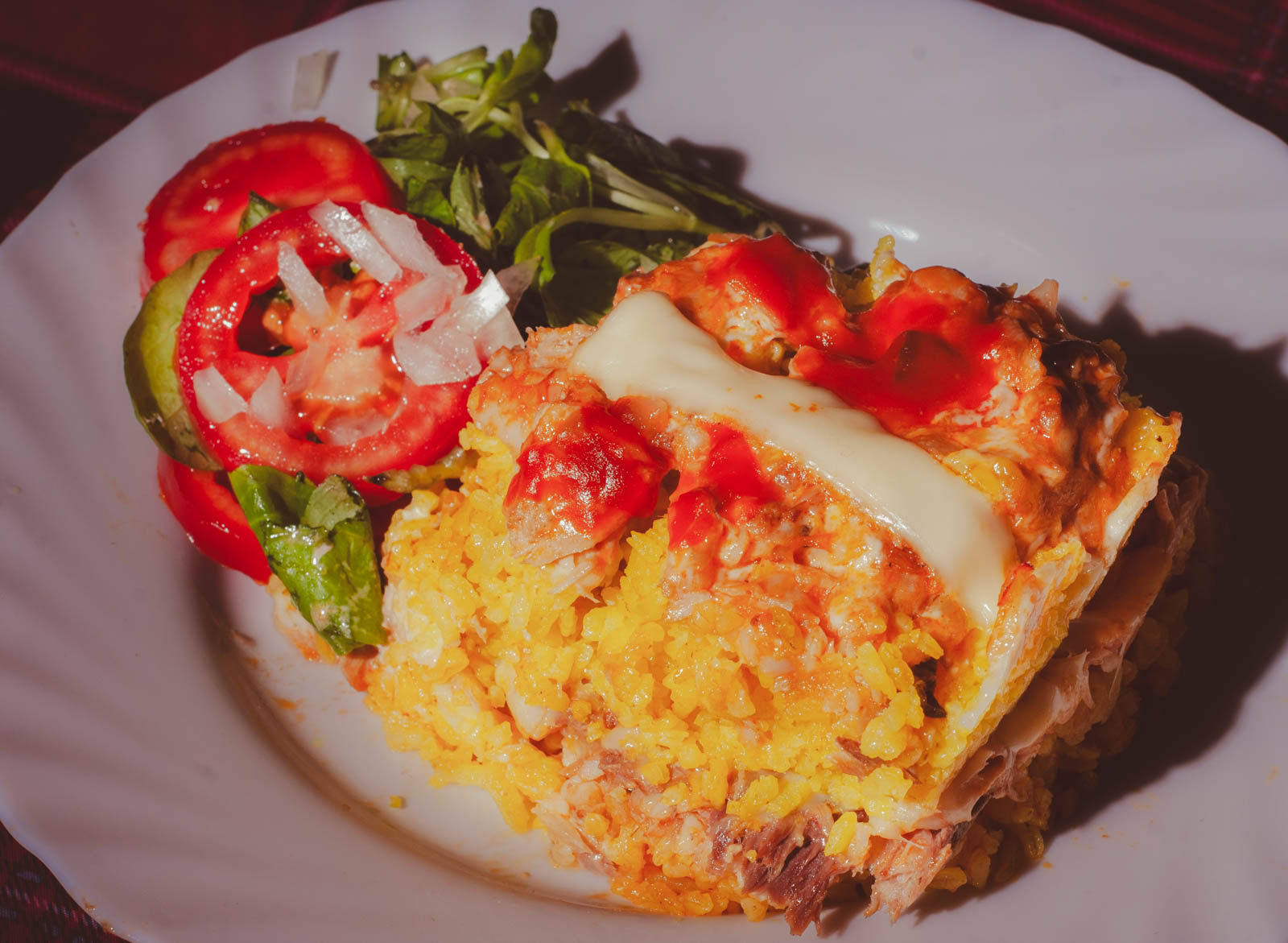
What it is: A rich, layered casserole of yellow rice and shredded chicken, often bound together with mayonnaise and topped with a layer of melted cheese.
Why try it: It’s incredibly decadent and unlike anything else in Cuban cuisine. It’s a delicious guilty pleasure that’s perfect for sharing.
Cultural note: Often called “Imperial Rice” because its richness and layered appearance were seen as a dish fit for an emperor. It’s pure party food.
Where to find it: This is more common at family gatherings than on restaurant menus, but some paladares specializing in celebratory food will offer it.
Guava Basted Ribs
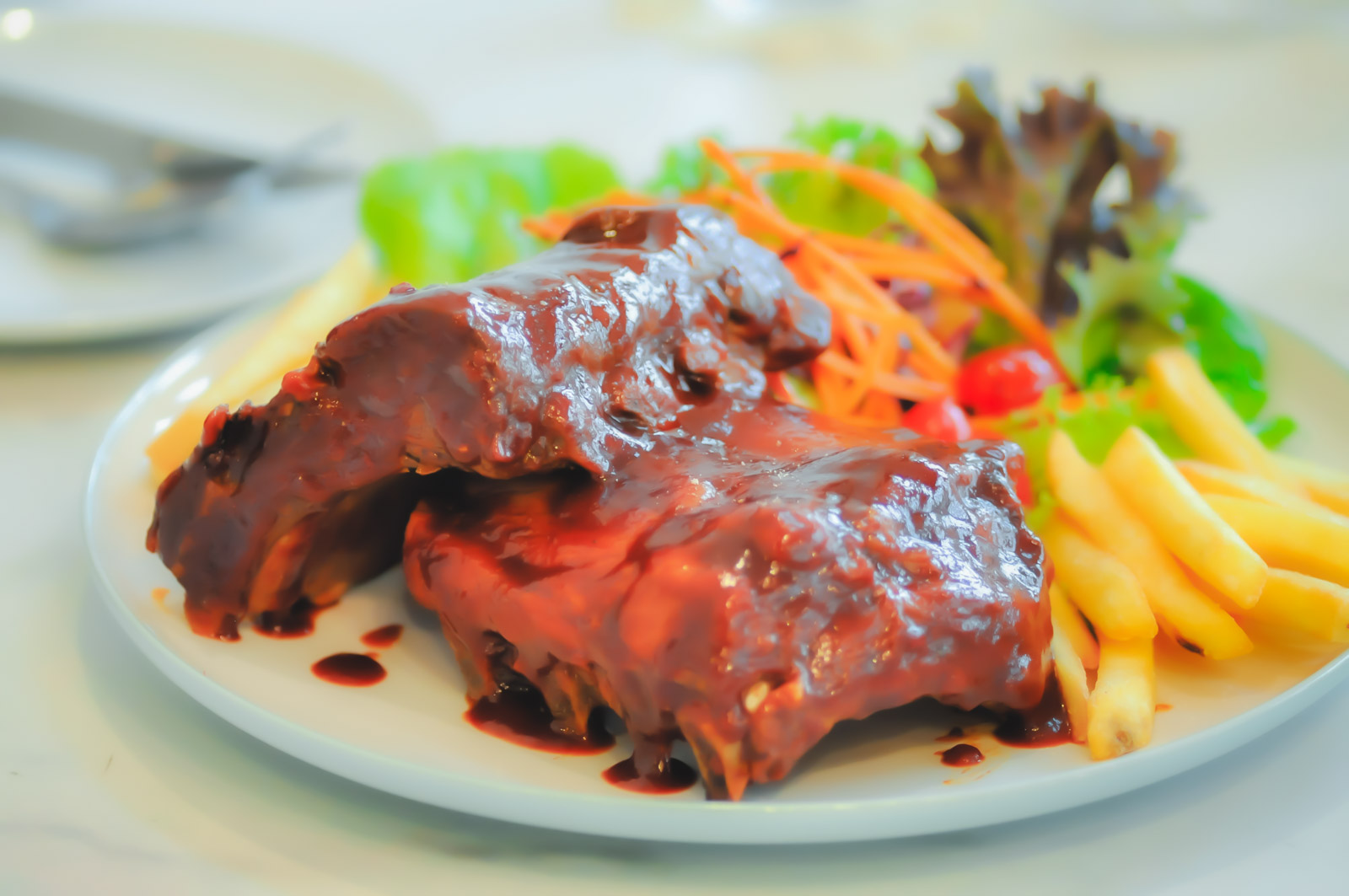
What it is: Slow-cooked pork ribs glazed with a sticky, sweet, and tangy barbecue sauce made from a base of guava paste, a staple Cuban fruit.
Why try it: It’s the perfect combination of sweet and savoury. This dish highlights one of Cuba’s most important fruits in a completely delicious and unexpected way.
Cultural note: This recipe showcases the strong Caribbean influence on Cuban cooking, which often incorporates tropical fruits into savoury dishes.
Where to find it: You’re most likely to find this at paladares with a more contemporary or fusion-style menu.
Essential Side Dishes in Cuba
While the mains are the stars, these essential side dishes are the foundation of nearly every Cuban meal. They provide balance, texture, and a whole lot of extra flavour.
Moros y Cristianos (Moors and Christians)
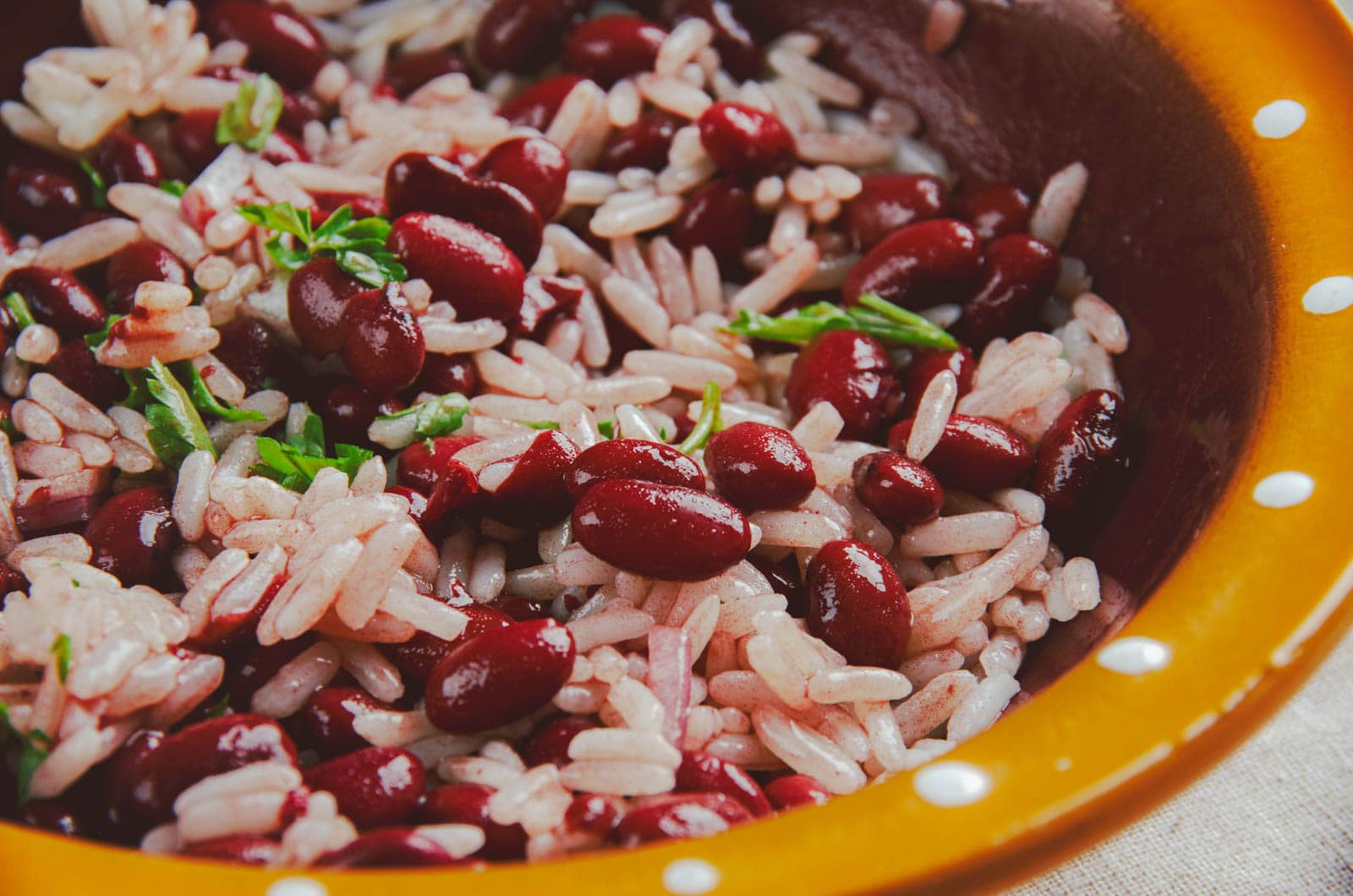
What it is: The iconic Cuban rice and beans, where white rice and black beans are simmered together in one pot with seasonings like garlic, cumin, and oregano until the rice is infused with flavour.
Why try it: This is the heart and soul of the Cuban plate. When made well, it’s so much more than just rice and beans. It’s savoury, aromatic, and the perfect companion to rich, meaty main courses.
Cultural note: The name is a historical reference to the period when the Moors (represented by the black beans) and the Christian Spanish (the white rice) occupied the Iberian Peninsula.
Where to find it: Absolutely everywhere. It’s the default side dish for most meals served across the island.
Plátano Maduro Frito (Fried Sweet Plantains)
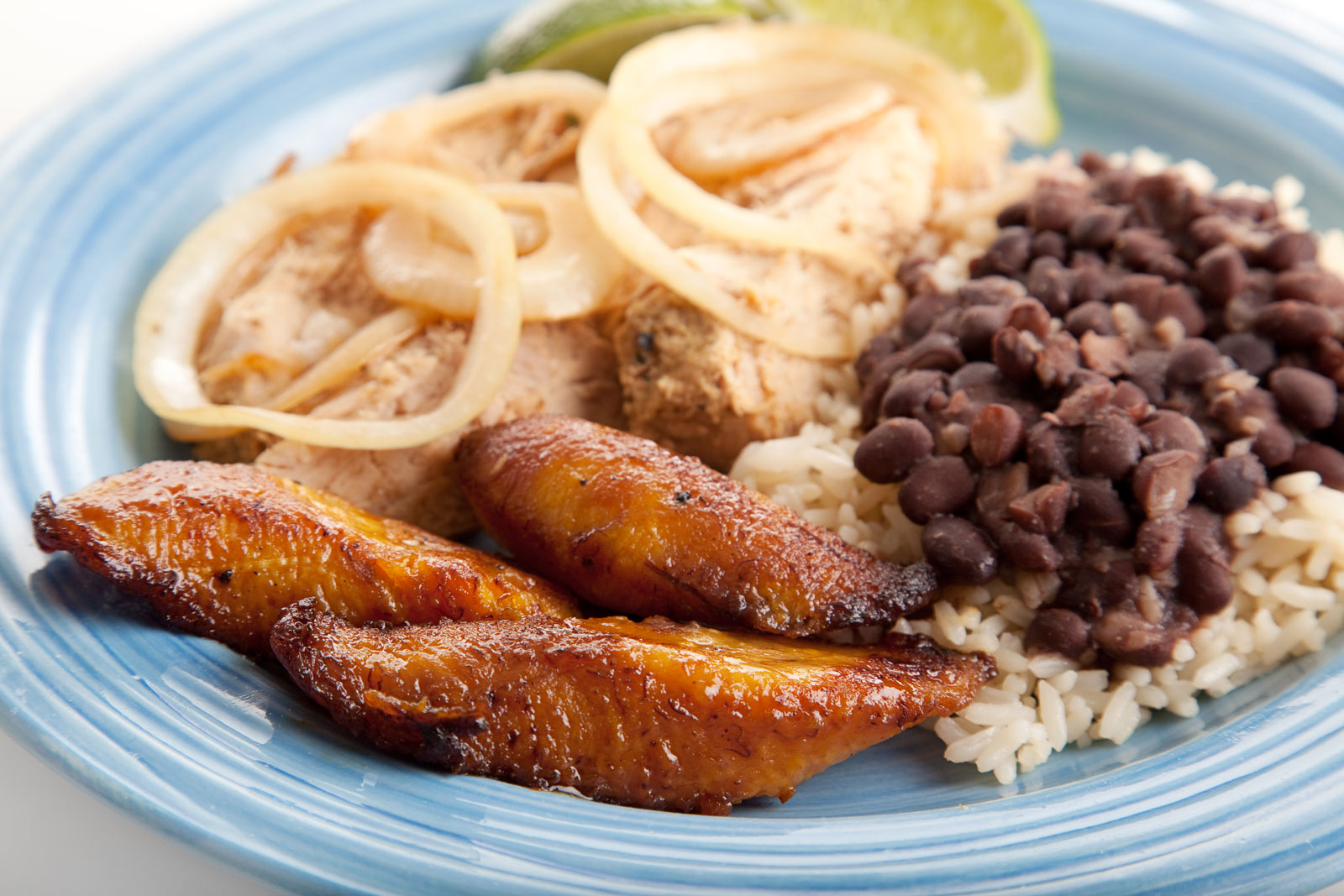
What it is: Slices of very ripe, sweet plantain that are pan-fried until they are soft on the inside with a caramelized, slightly crispy exterior.
Why try it: They provide a wonderful, sweet counterpoint to the salty and savoury flavours of the main dishes. This is one of our favourite side dishes and we order it every single time it’s on the menu.
Cultural note: The use of plantains is a direct link to the African influences that are deeply woven into Cuban culture and cuisine.
Where to find it: Served alongside most platos fuertes (main courses) as a standard accompaniment.
Tostones (Fried Green Plantains)
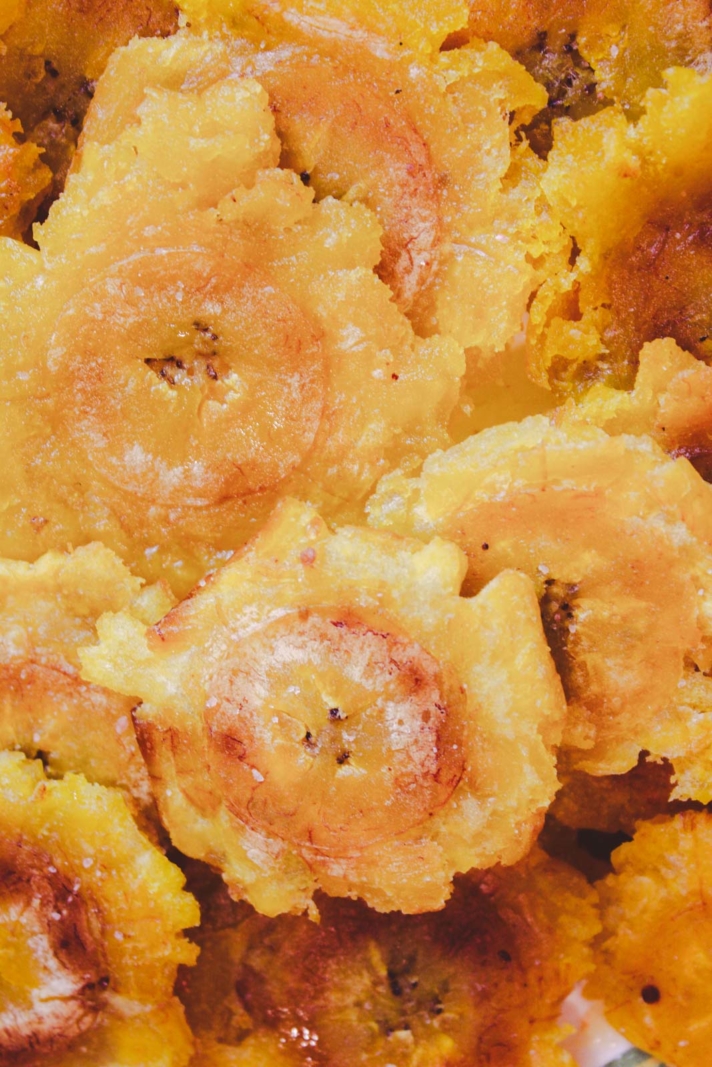
What it is: Slices of unripe, green plantain that are fried once, smashed flat into discs, and then fried a second time until they are golden and crispy.
Why try it: These are the savoury, starchy cousin to the sweet maduros. They have a texture similar to a thick-cut potato chip or a crispy french fry and are perfect for dipping.
Cultural note: Also known as ‘chatinos’ in some regions of Cuba. The crucial double-frying technique is what gives them their signature crunch.
Where to find it: A very popular appetizer (entrante) or side dish. They are often served with a garlicky mojo sauce for dipping.
Yuca con Mojo (Cassava with Garlic Sauce)
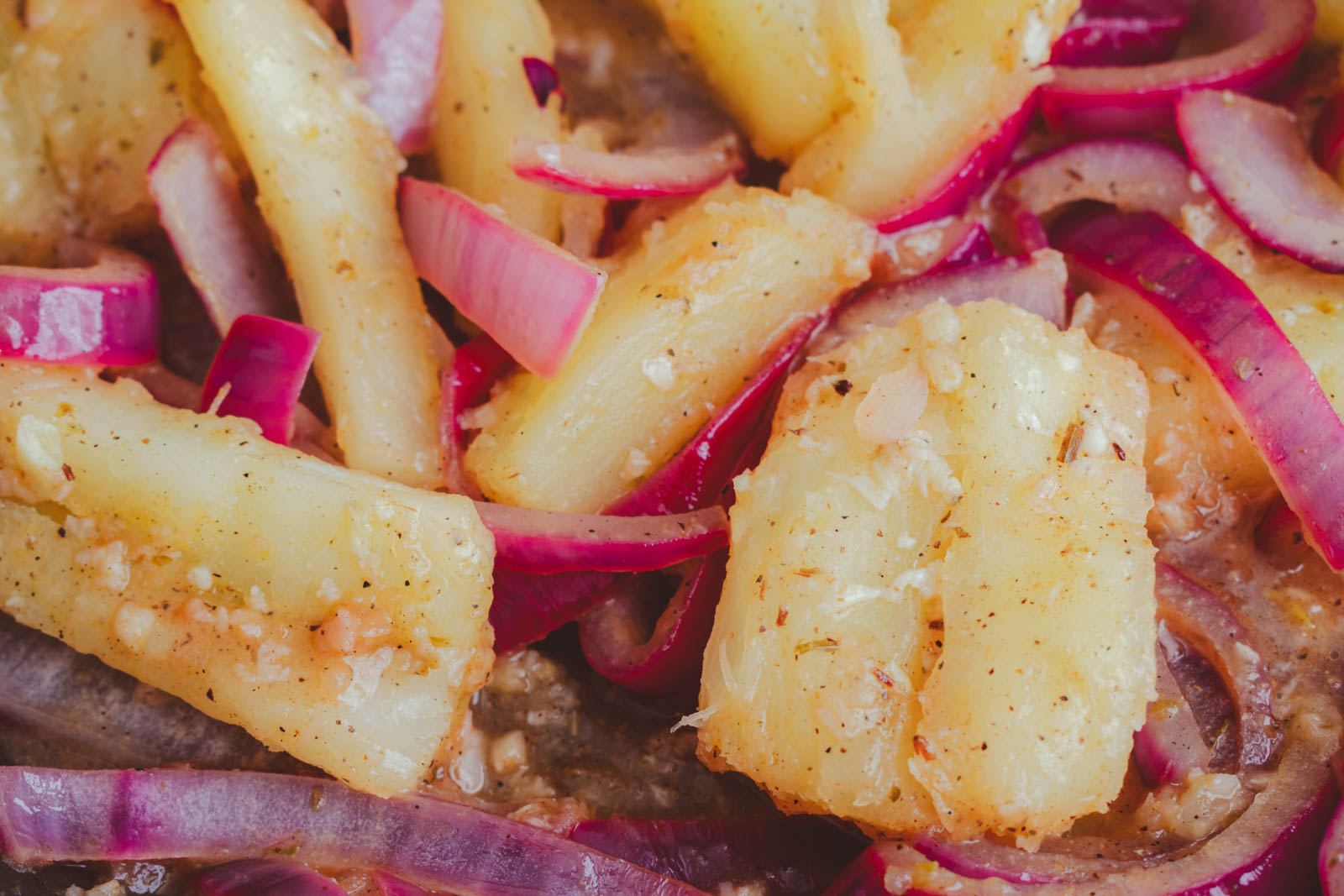
What it is: Yuca, a starchy root vegetable similar to a potato, is boiled until fork-tender and then generously topped with mojo de ajo—a warm sauce made with olive oil, citrus juice, and a lot of garlic.
Why try it: It’s a classic Cuban comfort food. The soft, mild flavour of the yuca is the perfect canvas for the potent, zesty garlic sauce. It’s simple but incredibly satisfying.
Cultural note: Yuca was a staple food for the indigenous Taíno people of Cuba, making it one of the most historic ingredients still eaten on the island today.
Where to find it: This is a very common side dish you’ll find at most paladares, and it’s a fixture at family barbecues and holiday meals.
Cuban Sandwiches and Street Food
Beyond the sit-down meals, some of Cuba’s best food is found in its sandwiches and quick street-side eats. They are simple, satisfying, and packed with local flavour.
Sandwich Cubano (The Traditional Cuban Sandwich)
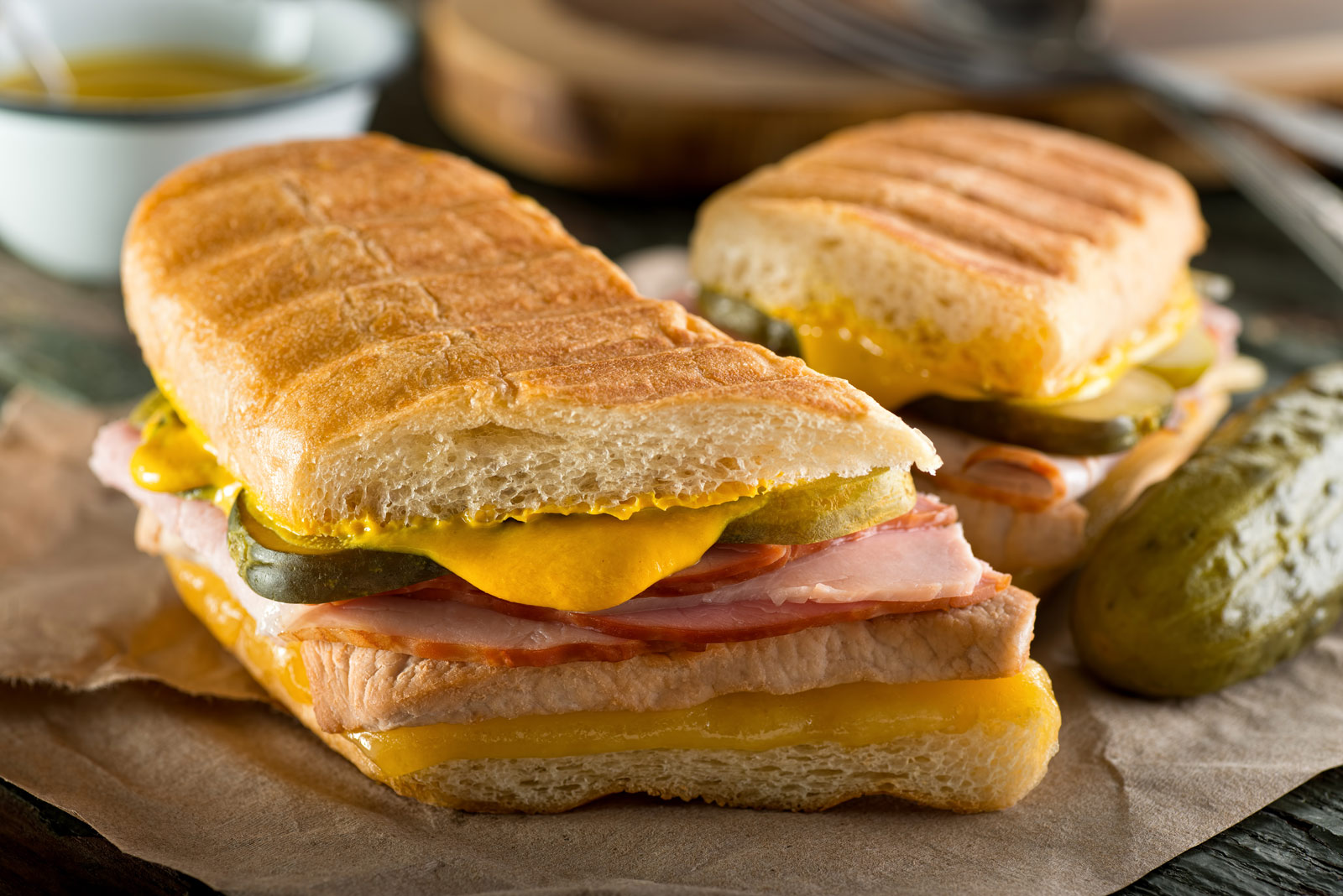
What it is: Layers of sliced roast pork, ham, and Swiss cheese packed into Cuban bread, topped with dill pickles and yellow mustard, then pressed and toasted until the cheese is melted and the bread is crispy.
Why try it: It’s a world-famous sandwich for a reason. The mix of savoury meats, melted cheese, and the tangy cut of the pickles and mustard is a perfect combination. It’s a delicious, filling, and affordable lunch.
Cultural note: While it’s the ultimate symbol of Cuban food, the sandwich in its modern form was actually perfected in Cuban immigrant communities in Florida, particularly Key West and Tampa.
Where to find it: Look for ventanitas (little walk-up windows) and local cafes. You’ll find them all over, but the best ones are made to order at busy lunch counters.
Medianoche (Midnight Sandwich)
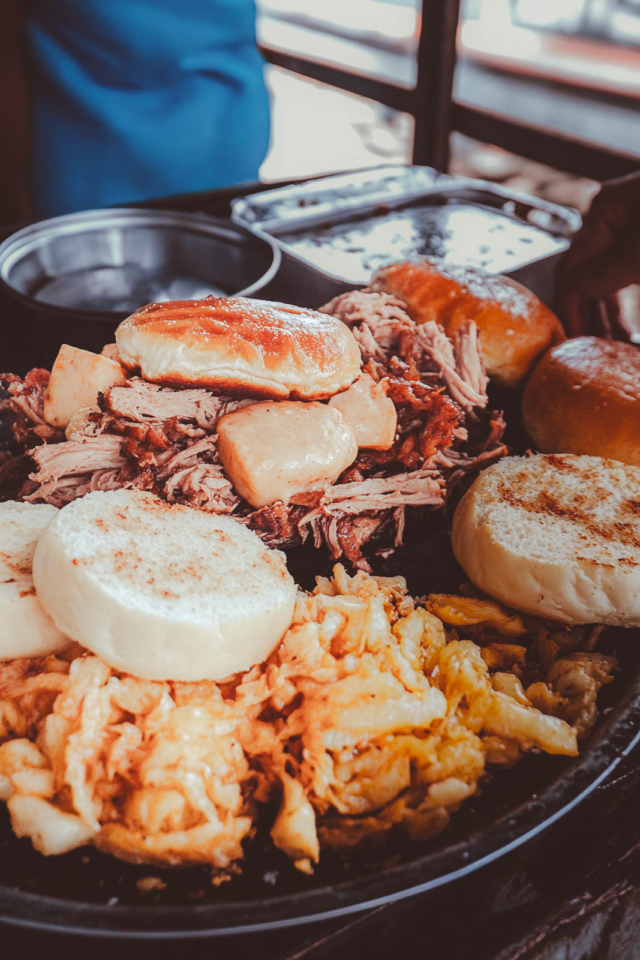
What it is: Nearly identical to the Cuban Sandwich in its fillings, but served on a sweet, soft, egg-based bread similar to challah or brioche. The name translates to “midnight.”
Why try it: The sweet, soft bread completely changes the experience. It makes the sandwich a little richer and less crusty than the original. We sometimes prefer it when we’re in the mood for something a bit different.
Cultural note: It earned its name as a popular late-night food, traditionally eaten by patrons leaving Havana’s nightclubs and cabarets in the early hours of the morning.
Where to find it: You can often find it at the same spots that sell the classic Cubano, especially at places that stay open late in Havana.
Tamales
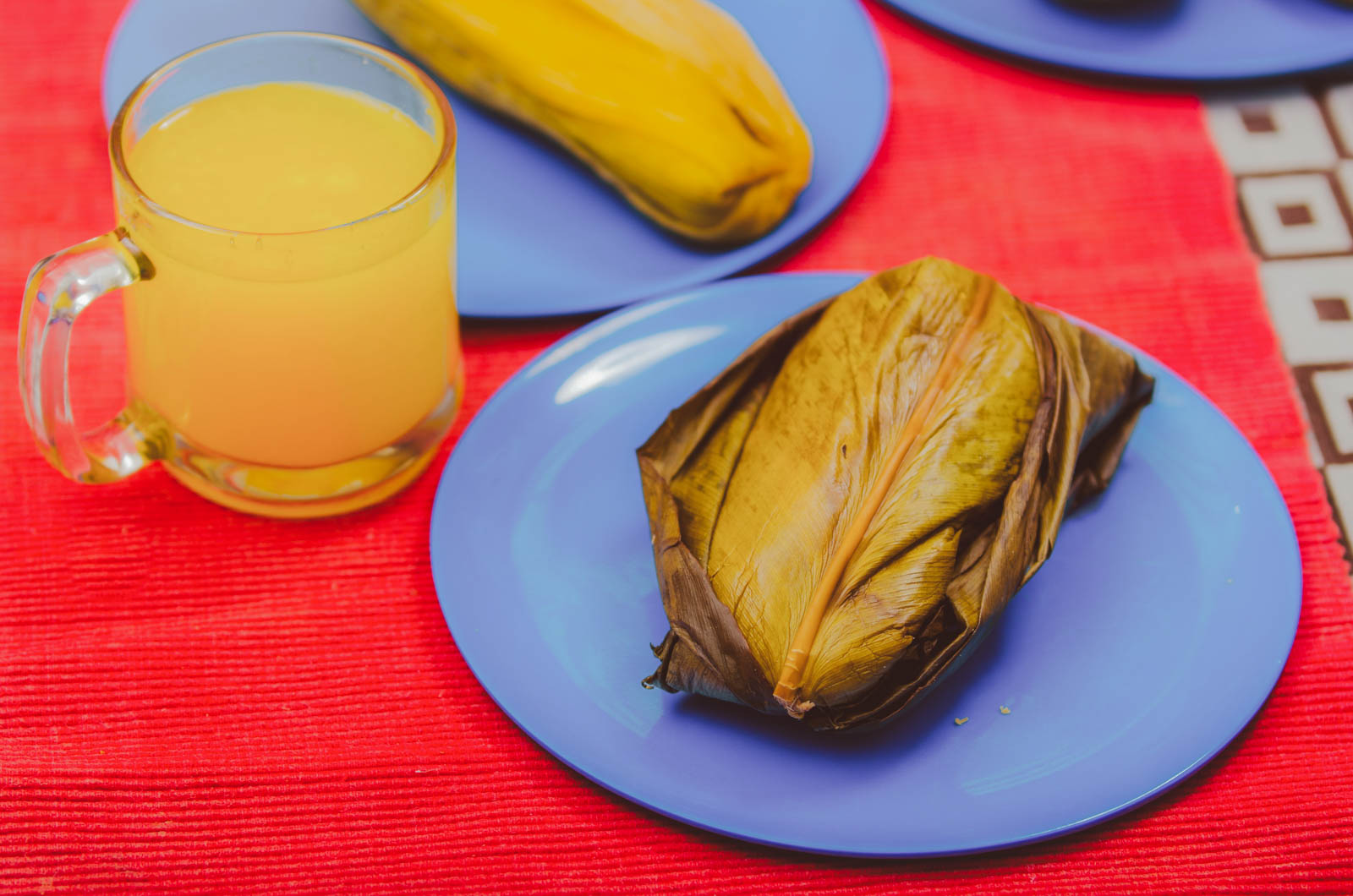
What it is: A savoury dough made from fresh ground corn (masa), mixed with seasoned ground pork and spices. The mixture is then wrapped in a corn husk and steamed.
Why try it: Unlike many other Latin American tamales, the meat is mixed directly into the dough instead of being a separate filling. This means every single bite is moist and packed with flavour.
Cultural note: Making tamales is often a social, communal activity in Cuba, with family and friends gathering to prepare large batches for holidays and special occasions.
Where to find it: This is classic street food. Keep an eye out for local vendors selling them from carts or at neighbourhood markets, especially in cities outside of Havana.
Don’t Miss These Cuban Desserts
You’ll want to save room for dessert in Cuba. The sweets here are often simple, rich, and highlight the island’s tropical fruits and love for all things decadent.
Cuban Flan
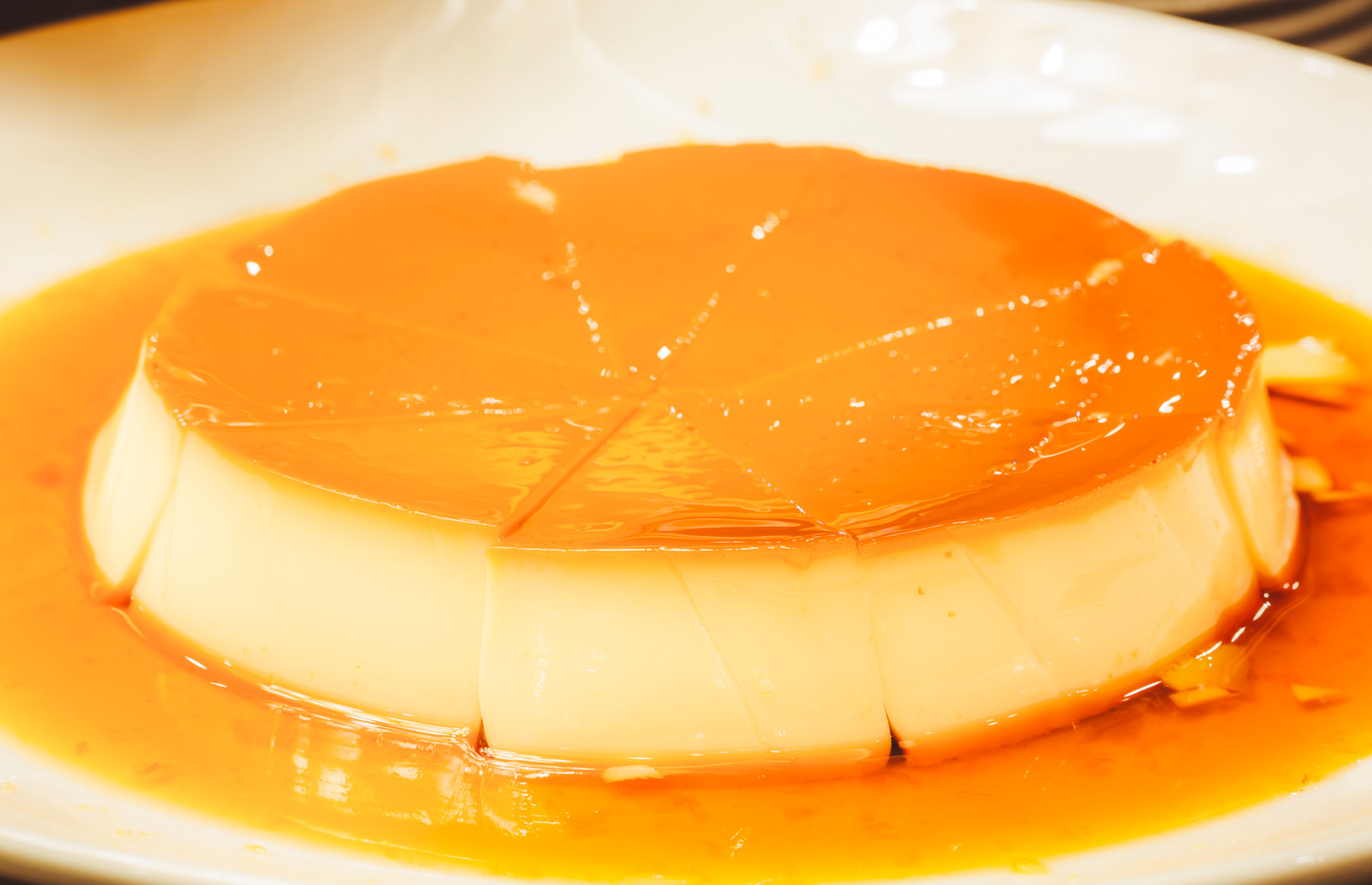
What it is: A rich and silky smooth baked custard made from eggs, condensed milk, and sugar, all sitting in a pool of soft, amber-coloured caramel sauce.
Why try it: It’s the most famous dessert in Cuba for a reason. The texture is flawless, and the slightly bittersweet flavour of the caramel perfectly balances the creamy custard. It’s a simple and elegant classic.
Cultural note: Flan was brought to Cuba by the Spanish, but the local version, which relies on canned condensed and evaporated milk, became a staple due to the island’s history and dairy availability.
Where to find it: You will find flan on the dessert menu of nearly every paladar and restaurant across the country.
Tres Leches Cake (Three Milks Cake)
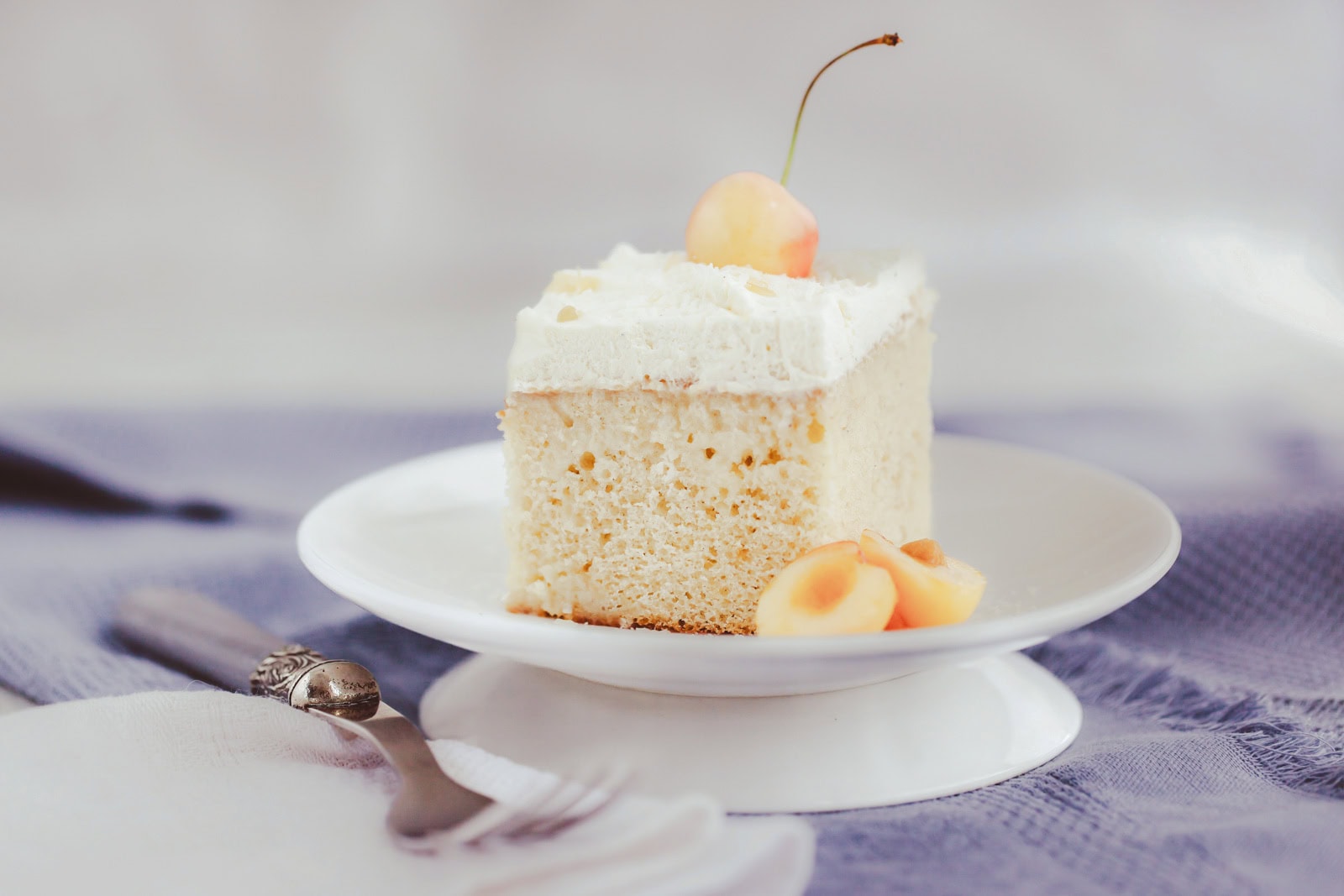
What it is: A light sponge cake that gets its name from being soaked in a mixture of three milks: evaporated milk, condensed milk, and heavy cream. It’s often topped with a light whipped cream or meringue.
Why try it: Despite being drenched in milk, this cake is incredibly light and moist, not heavy or soggy. It’s a decadent treat that seems to melt in your mouth. We love how it’s sweet without being overpowering.
Cultural note: While popular all over Latin America, Tres Leches is a beloved cake for birthdays and celebrations in Cuba.
Where to find it: You’ll find this at many paladares, especially those with a more extensive dessert offering. It’s also a star attraction in local bakeries (pastelerías).
Casquitos de Guayaba (Guava Shells)
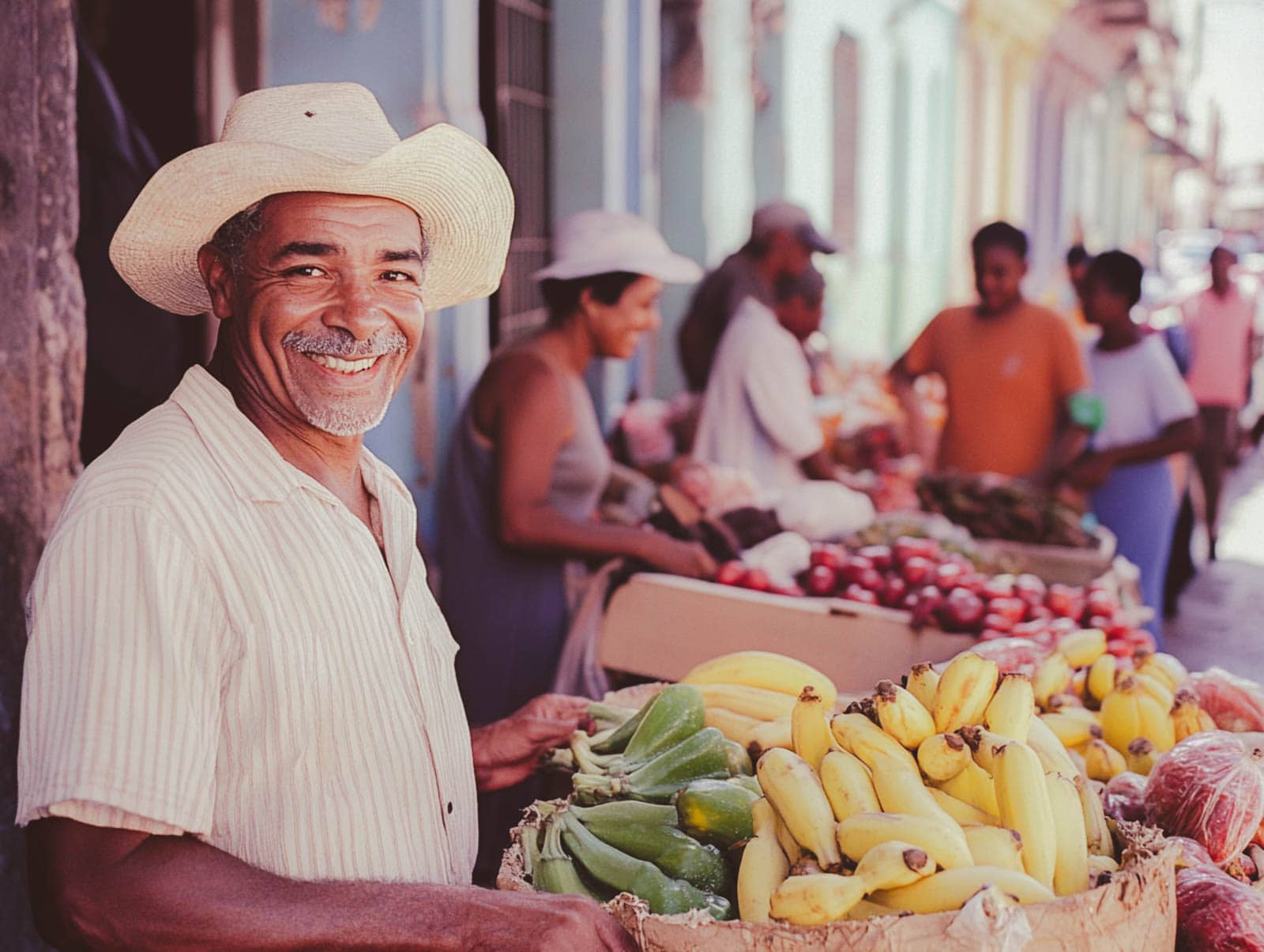
What it is: Guava halves, with the seeds removed, slow-cooked in a sweet syrup, often spiced with cinnamon. They are traditionally served with a slice of salty, mild cream cheese.
Why try it: This is a uniquely Cuban dessert that perfectly balances sweet and savoury. The warm, tender guava combined with the cool, salty cheese is a flavour combination you have to experience.
Cultural note: This dessert is a perfect example of Cuba’s farm-to-table roots, making a star out of the abundant, locally grown guava.
Where to find it: Look for this in very traditional, home-style paladares that specialize in authentic comida criolla (Creole food).
Arroz con Leche (Rice Pudding)
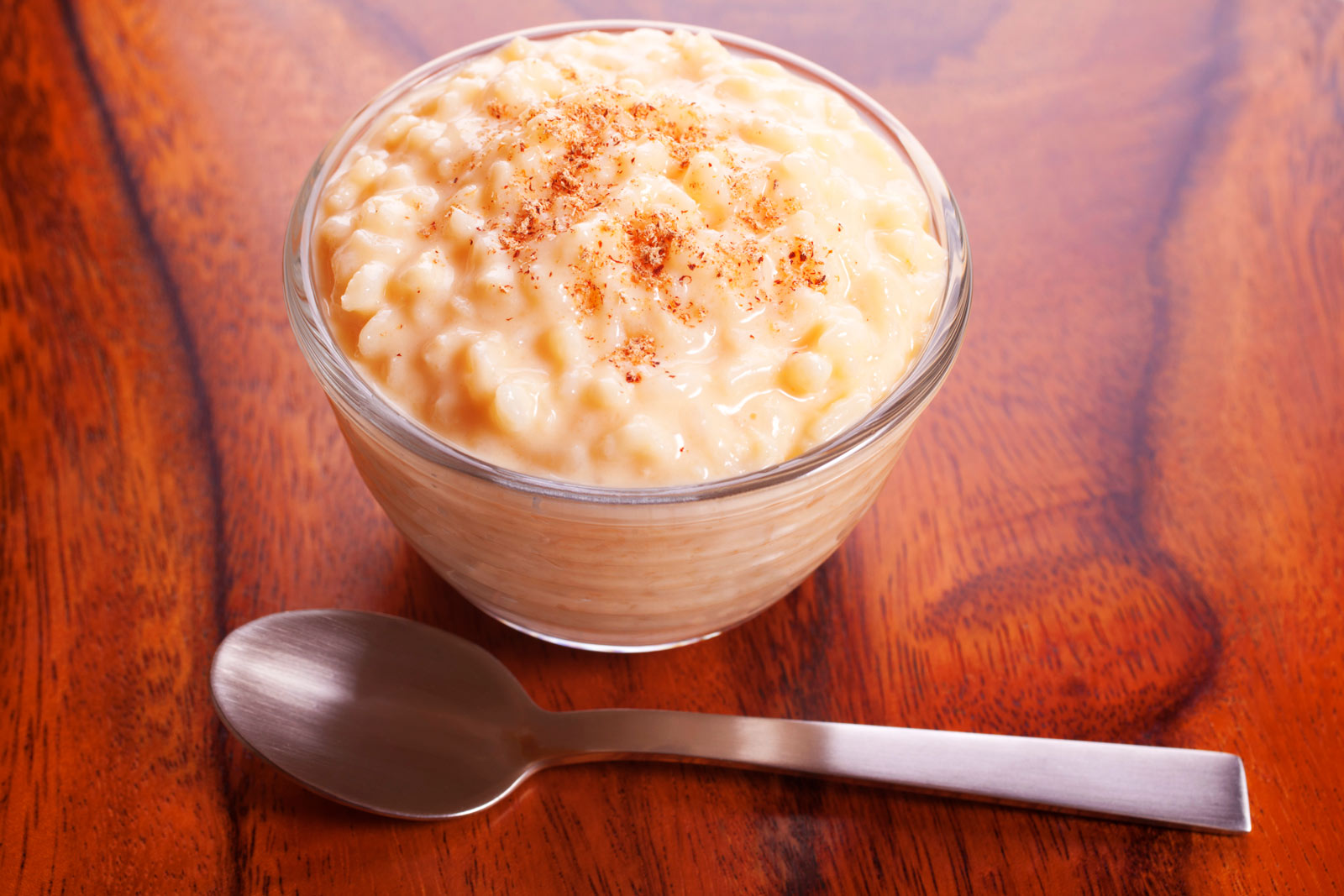
What it is: A simple and creamy pudding made by slow-cooking rice with milk, sugar, and spices like cinnamon and a hint of lemon zest.
Why try it: This is pure comfort food. The Cuban version is often thick, creamy, and served cool. It’s a heartwarming and familiar dessert that feels like a hug in a bowl.
Cultural note: Another legacy from Spain, Arroz con Leche has been adopted as a staple of Cuban home cooking, with every family having its own treasured recipe.
Where to find it: It’s a common dessert on restaurant menus and a beloved staple in every Cuban home.
Buñuelos
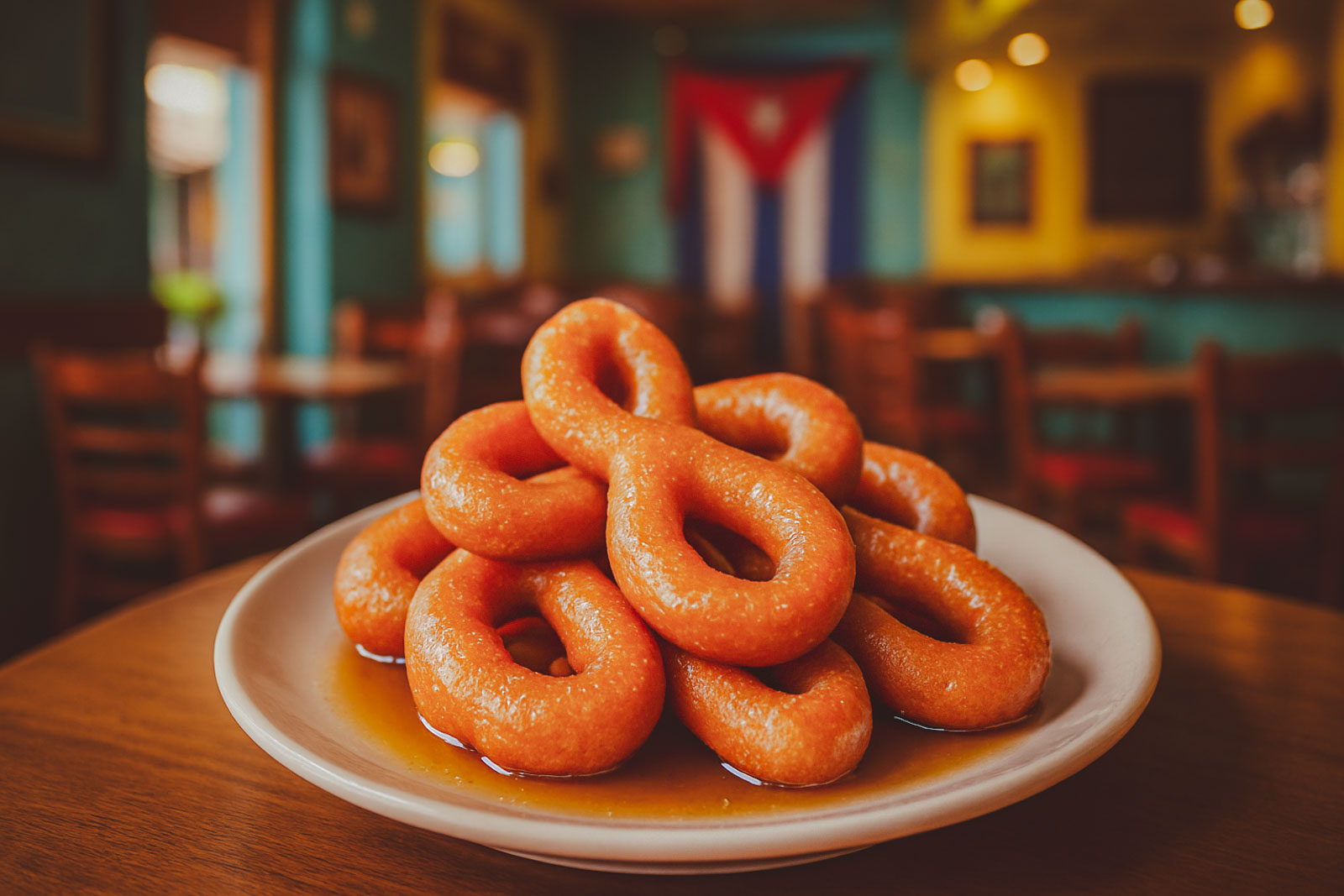
What it is: A fritter made from a dough of yuca and malanga (a starchy root vegetable), shaped into a figure-8, and fried until golden. It’s then drenched in a sweet syrup flavoured with star anise.
Why try it: These are not your average donuts. The yuca gives them a unique texture that’s both dense and light, and the anise syrup adds a wonderfully aromatic and slightly licorice-like flavour.
Cultural note: Buñuelos are a very traditional Christmas-time treat in Cuba, but their popularity means you can sometimes find them at other times of the year.
Where to find it: Keep an eye out for street vendors selling them, especially around the holiday season. Some traditional restaurants may also offer them seasonally.
What to Drink in Cuba
To round out your culinary tour, you have to try the island’s iconic beverages. From potent morning coffee to refreshing evening cocktails, these are the essential drinks of Cuba.
Café Cubano (Cuban Coffee)
What it is: A small but powerful shot of espresso, uniquely sweetened by whipping the first few drops of coffee with demerara sugar until it forms a creamy, pale brown foam (espumita).
Why try it: It’s a shot of pure Cuban energy. The espumita gives it a unique texture and sweetness that is unlike any other coffee you’ve had. It’s the perfect way to start the morning or cap off a big meal.
Cultural note: Drinking coffee is a central part of the social fabric. Offering a cafecito is a fundamental gesture of hospitality and friendship, and it’s shared at all times of the day.
Where to find it: Absolutely everywhere. You can grab one from a ventanita (a walk-up window) for just a few pesos, or enjoy one after dinner at any paladar.
Mojito

What it is: The world-famous Cuban cocktail made from white rum, fresh mint leaves, lime juice, sugar, and a splash of soda water, all muddled together to release the mint’s oils.
Why try it: Having a mojito in its birthplace is a must. When made correctly, it’s incredibly refreshing and balanced—not the overly sweet drink you might have tried elsewhere. It’s the perfect antidote to a hot Havana afternoon.
Cultural note: The cocktail was made famous by author Ernest Hemingway, who was a regular at the Havana bar La Bodeguita del Medio, which is now a popular spot for tourists seeking the classic mojito experience.
Where to find it: Every bar, hotel, and restaurant will serve one. For the historical experience, head to La Bodeguita del Medio, but some of our best mojitos have been from smaller, less crowded local bars.
Insider Tips for Finding the Best Food in Cuba
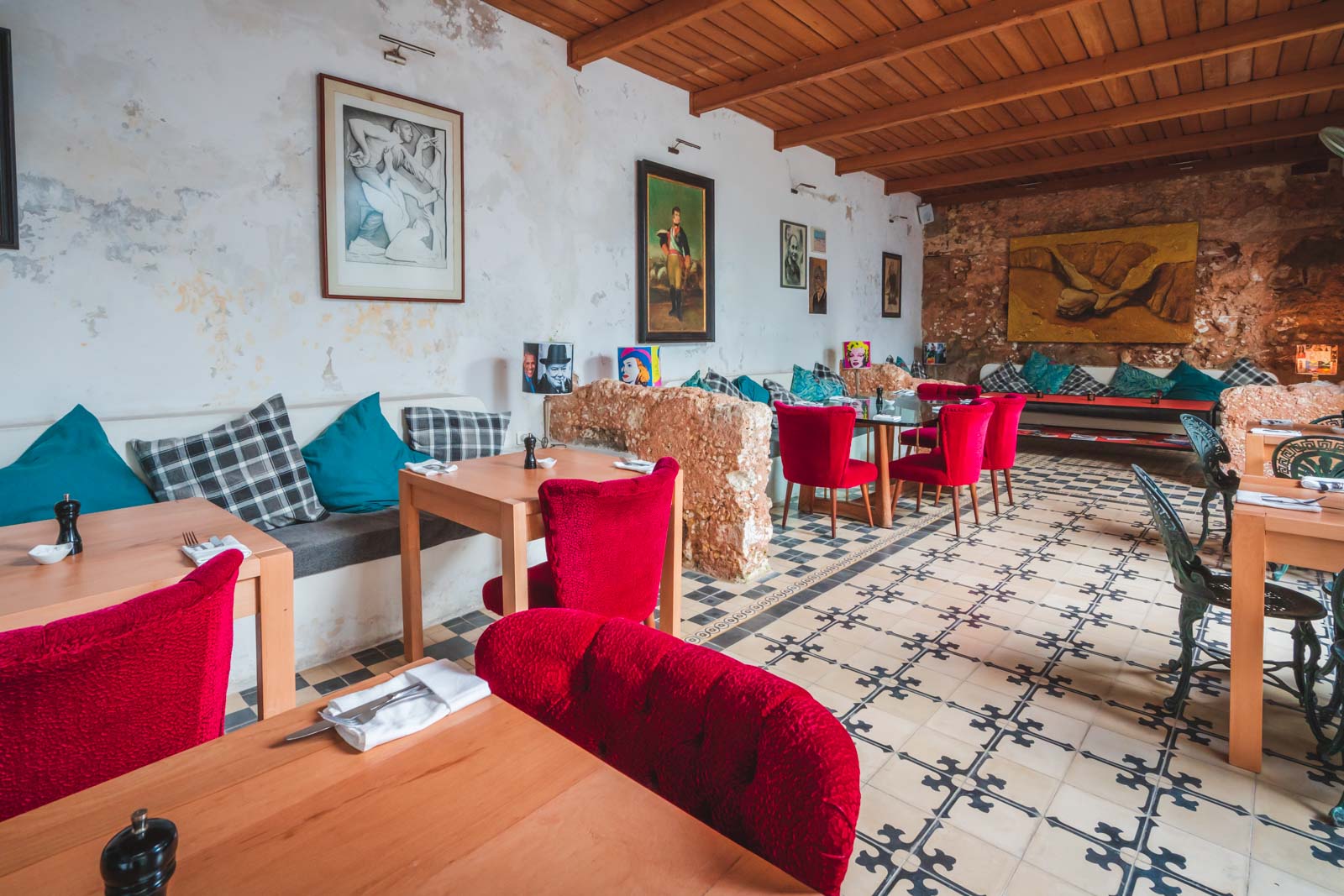
Knowing what to eat is one thing; knowing where to find it is another. After years of travelling through Cuba, we’ve learned that the best meals are often found off the beaten path. Here’s what you need to know.
Why You Need to Eat at a ‘Paladar’
If there is one piece of advice you take away from this article, it’s this: eat at a paladar. Unlike the often uninspired state-run restaurants, paladares are privately-owned, usually family-run establishments. The food is cooked with care, the ingredients are fresher, and the recipes have been passed down for generations. Eating at a paladar not only guarantees you a better meal, but it also directly supports local Cuban families.
What to Expect for Breakfast
Breakfast (desayuno) in Cuba is typically a simple affair. The most common breakfast consists of tostada—Cuban bread that is sliced, buttered, and toasted—served with a strong café con leche (coffee with milk). Don’t be afraid to do as the locals do: break off pieces of your toast and dip them straight into your coffee. Fresh fruit and eggs are also commonly available.
Where to Eat in Havana
- La Guarida, Centro–Old Havana border. Modern Cuban and classics. Reserve.
- Doña Eutimia, Callejón del Chorro 60-C, by the Cathedral. Comida criolla staples.
- San Cristóbal, San Rafael No 469 E. Old-school paladar with classic plates.
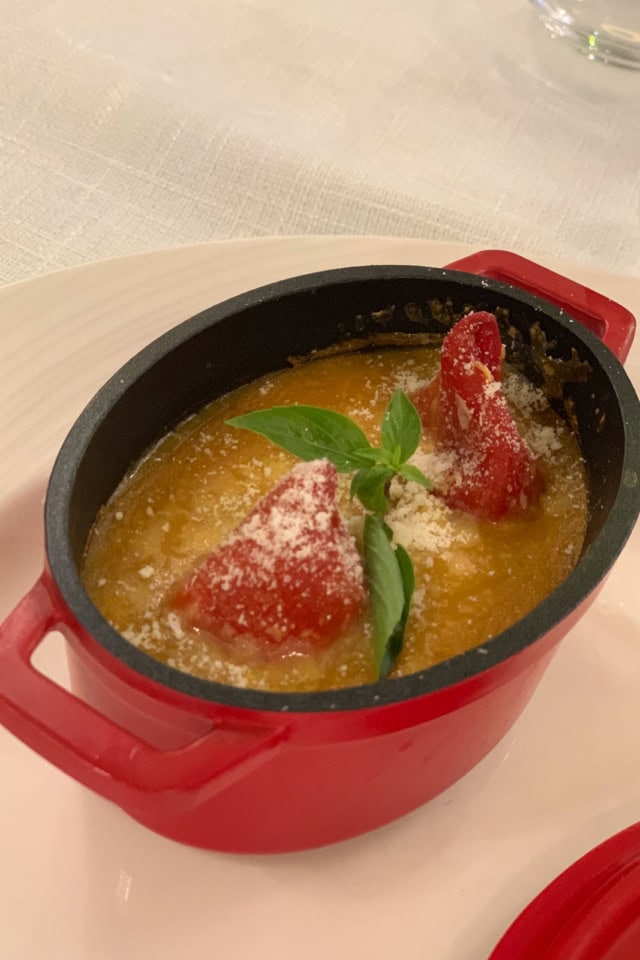
We’ll be honest: Cuba can be a challenge for vegetarians. The cuisine is very meat-centric. However, it is getting easier. Your best bet is to dine at paladares, where you can often speak directly with the owner or chef to request a meal without meat.
Your go-to dishes will be rice and beans, fried plantains, omelettes, and root vegetables like yuca. Be sure to clarify that you don’t eat meat, as some places may consider jamonada (ham or spam) to be an acceptable addition.
Frequently Asked Questions about Cuban Food
What is the most popular food in Cuba?
The national dish and arguably most popular food is Ropa Vieja. However, Lechon Asado (roast pork) is the star of any celebration, and the simple combination of rice and beans (Moros y Cristianos) is the most commonly eaten food on a daily basis.
Is the food in Cuba spicy?
No, traditional Cuban food is not spicy-hot. It is very flavourful and well-seasoned with spices like cumin, oregano, and bay leaf, along with the foundational flavours of garlic, onion, citrus, and bell peppers, but it does not use hot chili peppers. Hot sauce is generally not available unless you ask for it specifically.
What is a typical Cuban dinner?
A typical Cuban dinner plate, or plato fuerte, consists of a main protein like roast pork or shredded beef, served with a generous helping of rice and beans cooked together, and a side of fried sweet plantains (maduros) or a simple salad.
What is mojo criollo?
A Cuban garlic-and-citrus marinade and sauce built on sour orange, garlic, oregano, and oil. Lemon and lime can sub for sour orange.
What is the difference between Moros y Cristianos and Congrí?
Moros typically uses black beans. Congrí often uses red beans, especially in the east, though usage overlaps.
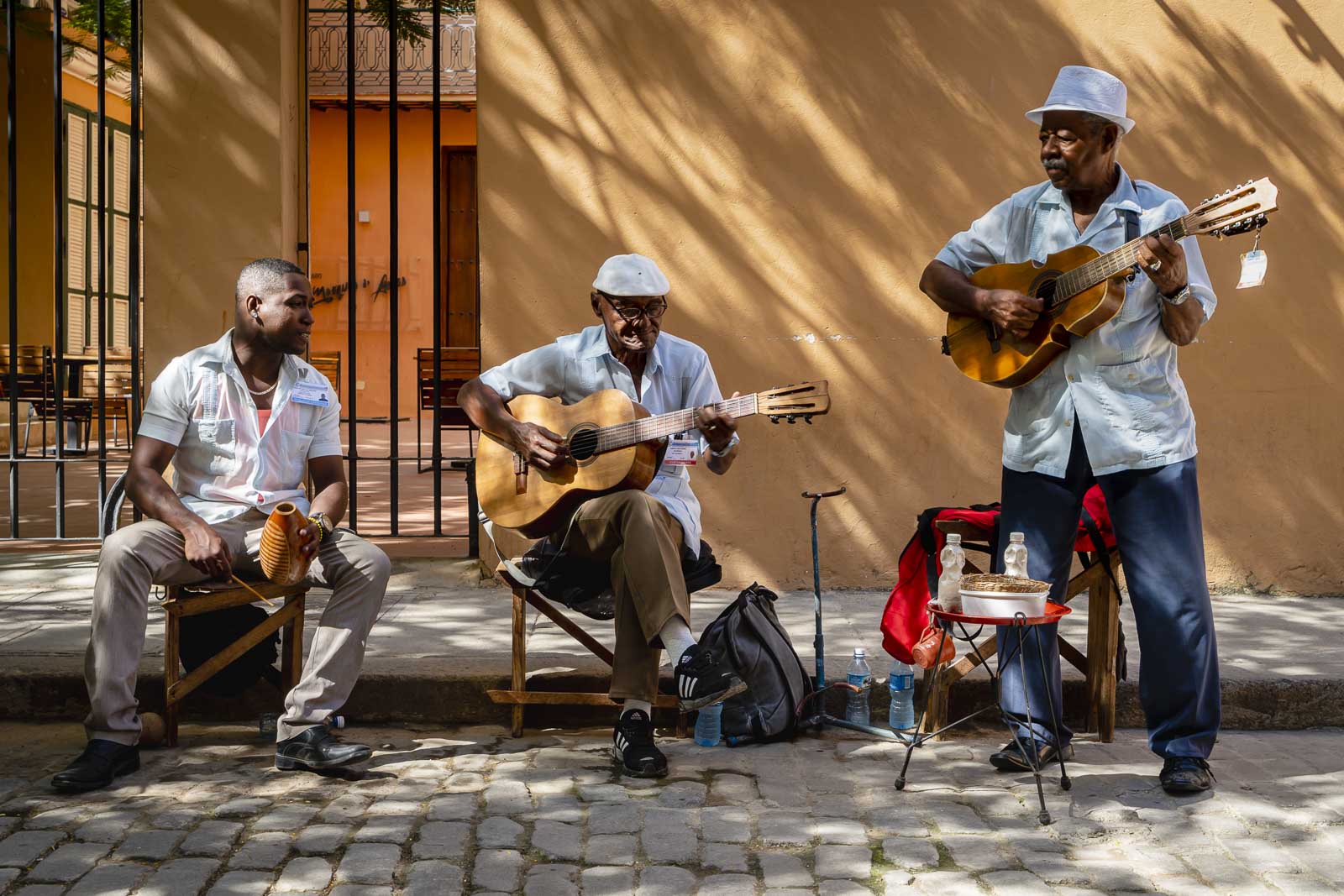
Cuban food is a direct reflection of its vibrant, resilient, and resourceful culture. It’s more than just rice and beans; it’s a rich culinary tradition built on Spanish, African, and Caribbean influences. To truly experience it, you have to step away from the resorts and into the family-run paladares where the real magic happens. By following your curiosity, you’ll discover a flavourful and comforting cuisine that will stick with you long after your trip is over.
Looking for more information on Cuba?
Източник за тази статия
Наши спонсори са:
Български трактори на добри цени при изключително качество






